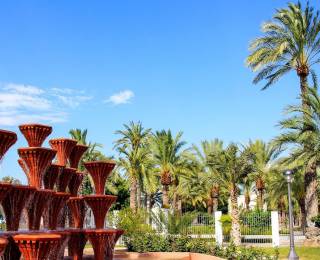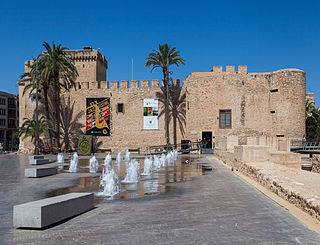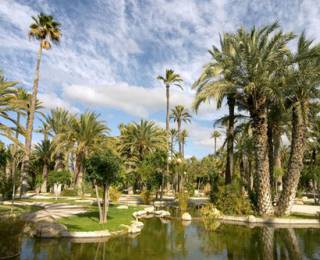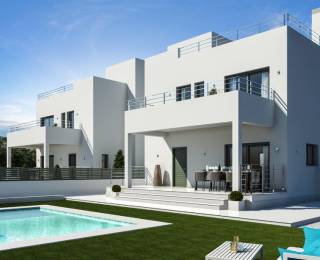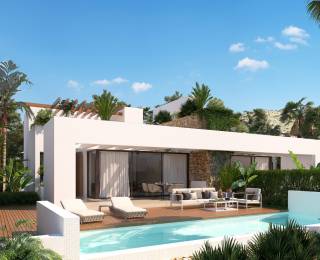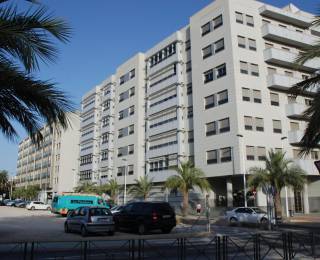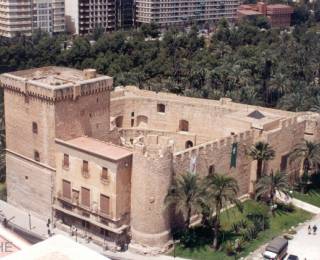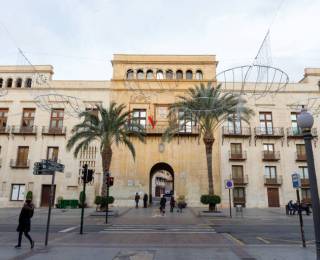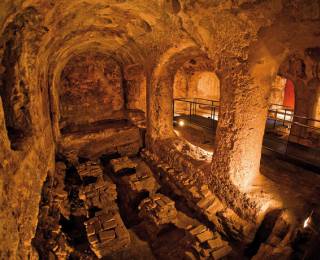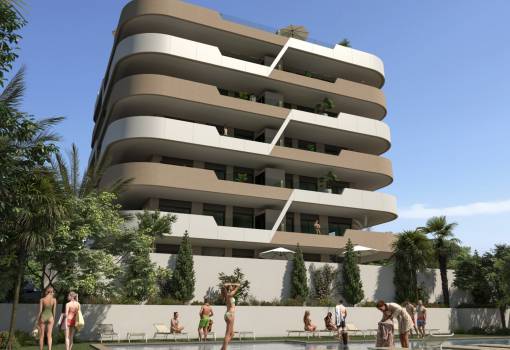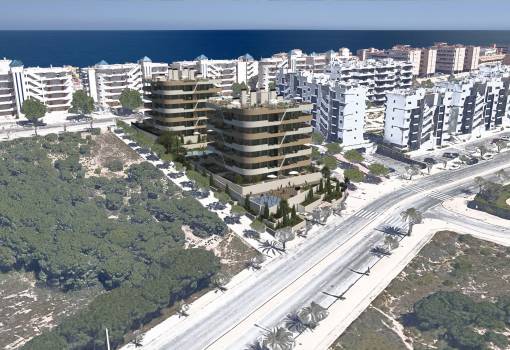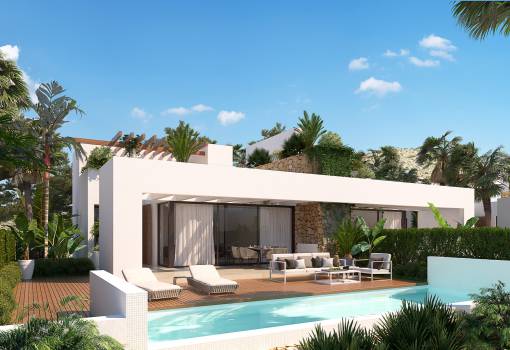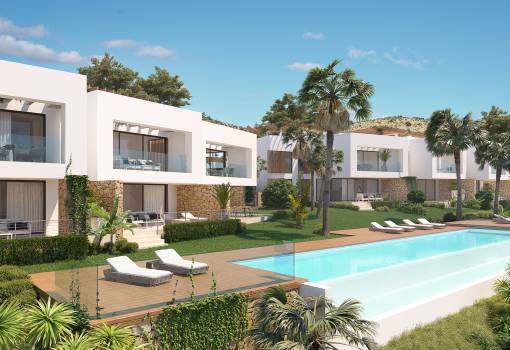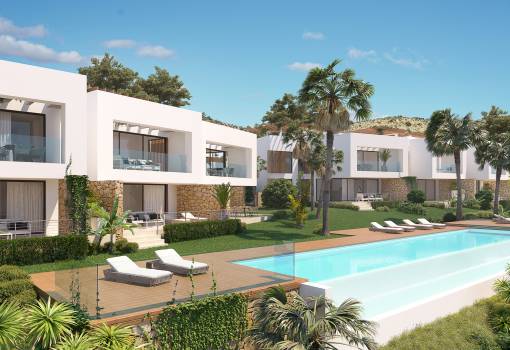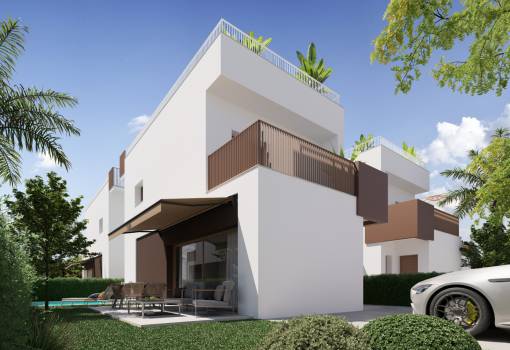Elche
Gestalihome sells apartments and villas in Elche, a city and a municipality in Spain located in the province of Alicante, in the Valencian Community. Capital of Bajo Vinalopó, the municipality has 234 765 inhabitants, being the population of its urban area of 190 696 inhabitants.
What to see in Elche:
El Huerto del Cura is a botanical garden located in the city of Elche, in the province of Alicante. The garden has about 13,000 m² densely populated with palm trees. Around 1000 palm trees live there, most of them date palm trees. In addition to palm trees, plants from Mediterranean gardens grow, such as pomegranates, azofaifos, orange, fig and lemon trees, to which plants of subtropical origin and a collection of cacti have been added over time. It is the most important garden in the complex called Palmeral de Elche, declared a World Heritage Site in 2000.
The Arciprestal and Insigne Minor Basilica of Santa María is a Catholic temple located in the Plaza del Congreso Eucharistic in the Spanish city of Elche, built in the Baroque style between 1672 and 1784, in which several architects participated, including Jaime from Castellón Bort y Meliá, author of the baroque façade of Murcia Cathedral. This building presents different architectural styles, from the Italianate Baroque of the main doorway, the Rococo of the other doorways and the ambulatory, the neoclassical interior, to medieval reminiscences.
The castle palace of Altamira or Alcázar de la Señoría, located on the banks of the Vinalopó river, in the center of the city of Elche. It was built at the end of the 15th century by the Castilian nobleman Gutierre de Cárdenas, first lord of the city, after having returned to the Crown with the Catholic Monarchs. It is currently restored and in perfect condition, housing the Archaeological and History Museum of Elche.
Built around 1150, the Arab Baths were the hidden treasure of the local heritage until their rehabilitation and opening to the public in 1998. They are located in the basement of the La Merced convent. These baths, almost entirely preserved, constitute one of the few examples of Islamic public architecture that survives in the Valencian Community.
The entrance is through the Eres de Santa Llúcia promenade. They are distributed, as was traditional in these facilities, in three parallel rooms (cold, warm and hot), separated by arches and columns and covered by barrel vaults with skylights. During the tour, a voice-over explains the different uses of each space, while lights and sounds recreate the atmosphere of the original bathrooms.










